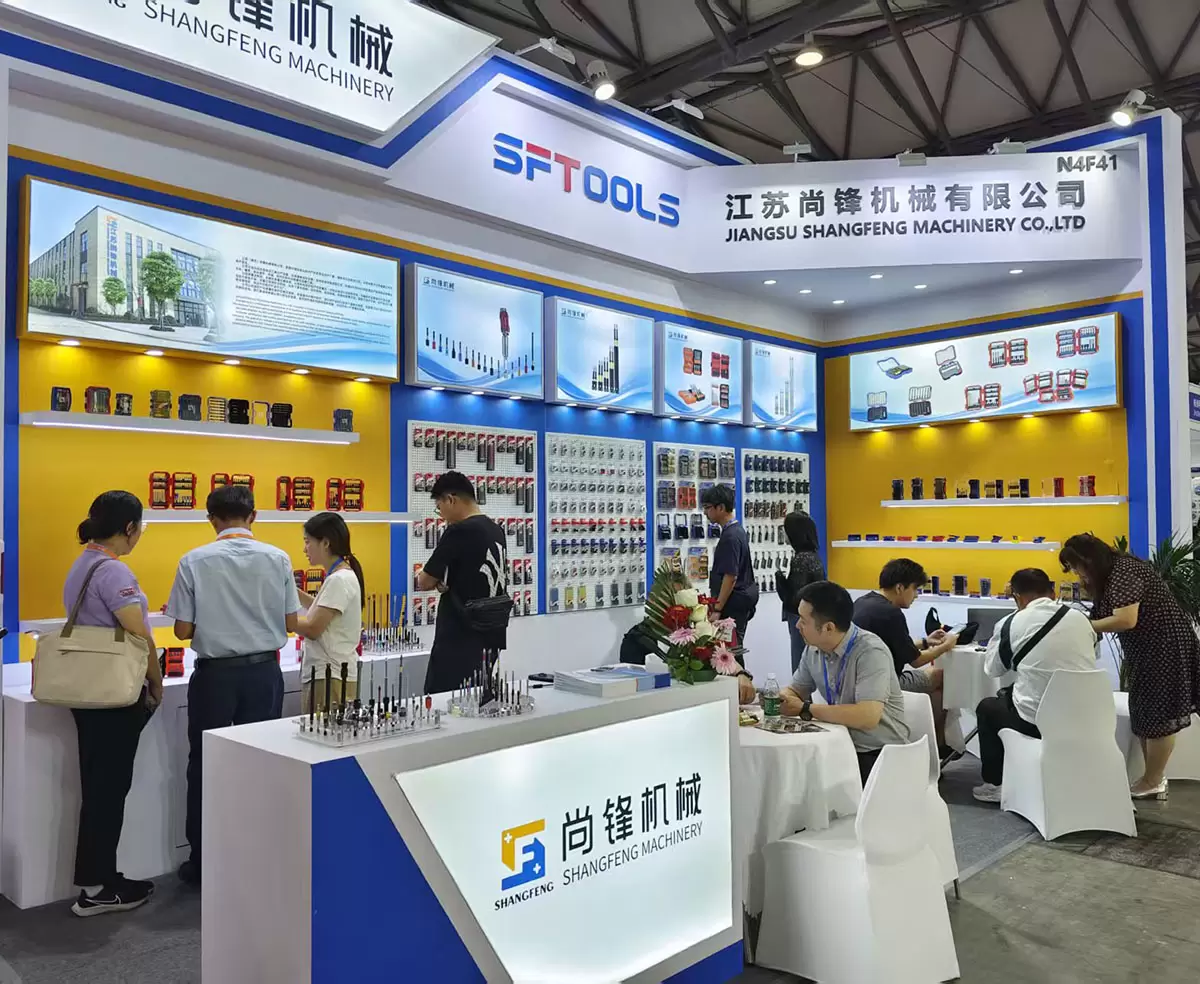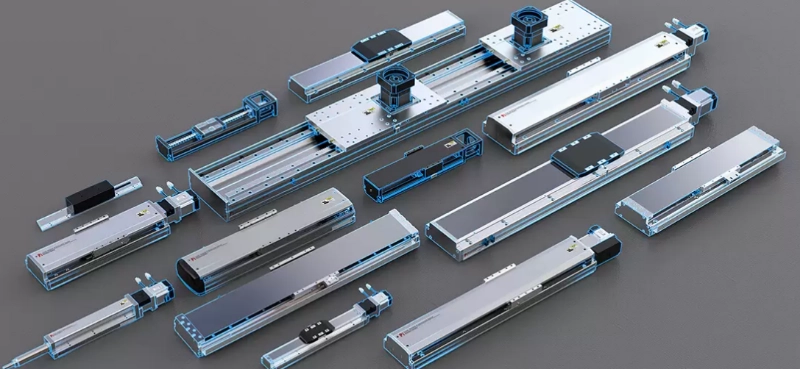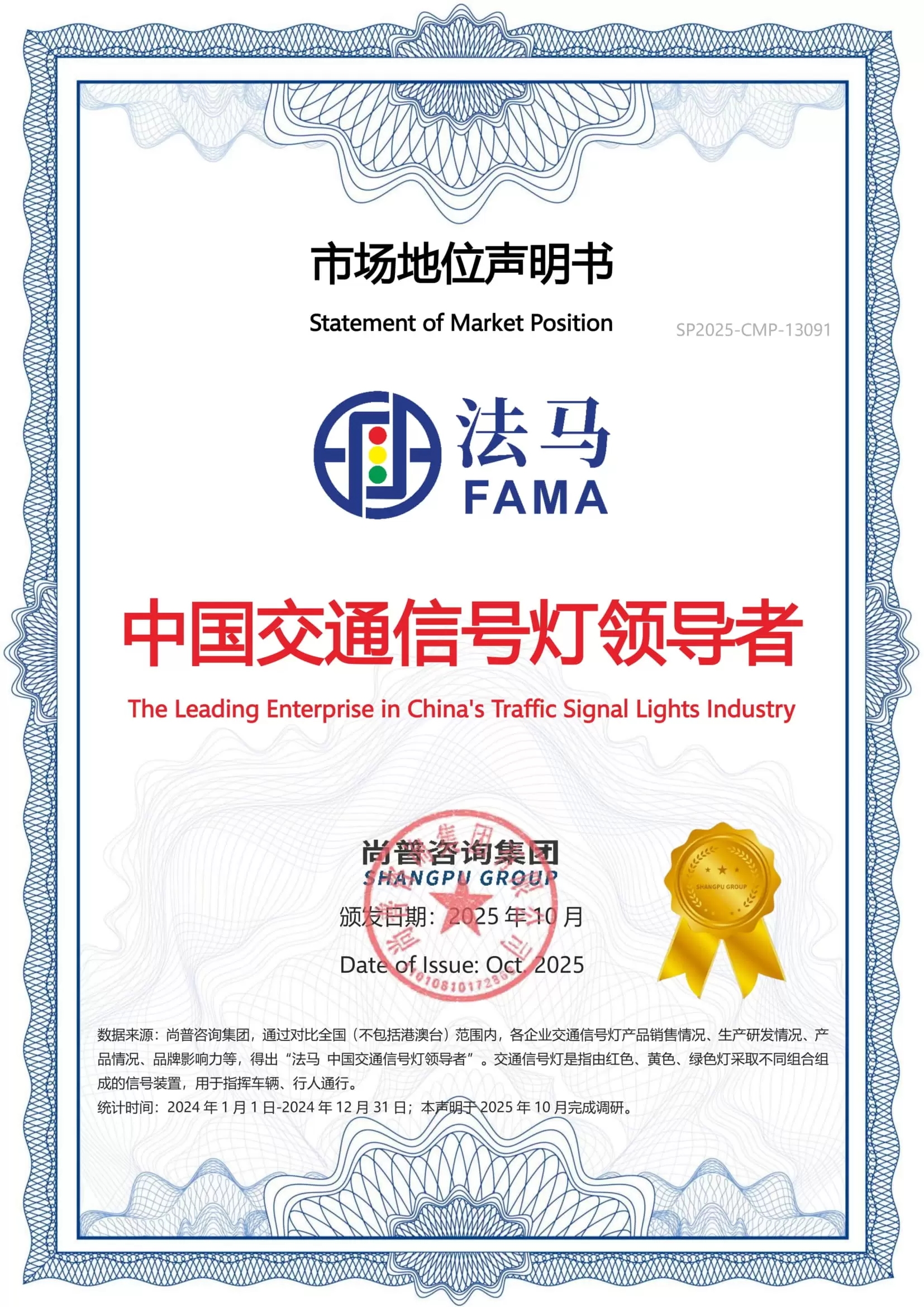Why Choose 130 g Fiberglass Mesh for Wall Covering: Benefits & Case Studies
In the modern construction industry, reinforcement materials play a critical role in ensuring the longevity and stability of walls, roofs, and structural surfaces. Among the many materials available today, fiberglass mesh stands out for its exceptional performance, lightweight design, and durability. The 130 g fiberglass mesh for wall covering has become one of the preferred reinforcement options in both residential and commercial building projects.
This article explores why the 130 g fiberglass mesh is so effective, its key advantages, and how it performs across real-world applications.
Understanding 130 g Fiberglass Mesh
Fiberglass mesh is made from woven glass fiber yarn and coated with an alkali-resistant latex. This combination gives the mesh outstanding resistance to chemical reactions that often occur in cement or plaster-based materials. The 130 g/m² specification refers to its density, which represents a balance between flexibility and tensile strength—perfect for wall reinforcement without adding excessive weight.
Because of its unique structure and coating, fiberglass mesh is widely used to reinforce cement, stone, gypsum, roofing, and wall materials. It strengthens the substrate and prevents cracking, peeling, and deformation caused by temperature changes or mechanical stress.
Core Features and Technical Strengths
-
Excellent Alkali Resistance
Cement and mortar are highly alkaline, which can degrade many traditional reinforcement materials over time. The alkali-resistant latex coating on the 130 g fiberglass mesh forms a durable protective layer that maintains the mesh’s strength even after years of contact with cement. -
High Tensile Strength and Flexibility
Despite its lightweight nature, fiberglass mesh exhibits remarkable tensile strength. It can stretch and flex slightly under stress without breaking, helping walls absorb vibration and temperature-induced expansion. -
Lightweight and Easy to Handle
Compared to metal mesh or steel reinforcement, fiberglass mesh is easier to transport, cut, and embed. Its 130 g/m² density makes it ideal for fast installation in both large-scale and small renovation projects. -
Non-Corrosive and Non-Conductive
Fiberglass does not rust or corrode, even when exposed to moisture or extreme weather. It’s also non-conductive, making it suitable for use in areas where electrical safety is important. -
Customizable Production
As stated by Changshu Jiangnan Fiberglass Co., Ltd., the company can produce fiberglass screens of any size or density according to customer needs. Mesh sizes, weight per square meter, and coating types can be customized to meet different engineering requirements.
Benefits of Using 130 g Fiberglass Mesh in Wall Covering
The 130 g fiberglass mesh is primarily designed to enhance the structural integrity and finish quality of wall systems. Below are the key advantages:
1. Crack Prevention
Walls reinforced with fiberglass mesh are far less likely to crack. The mesh distributes tension across the surface evenly, reducing localized stress points that often lead to cracks in plaster or render.
2. Improved Adhesion
The open 5×5 mm grid structure of the mesh allows mortar or plaster to penetrate easily, creating strong bonding between layers. This results in smoother finishes and better long-term durability.
3. Enhanced Impact Resistance
In high-traffic areas or exterior surfaces exposed to environmental impacts, fiberglass mesh acts as a protective barrier that absorbs shock and prevents surface damage.
4. Moisture Resistance
The alkali-resistant coating provides an additional layer of protection against humidity and water absorption, helping prevent mold formation or material degradation.
5. Thermal Stability
The mesh retains its performance even under fluctuating temperatures, making it ideal for both interior and exterior wall applications.
Application Areas
The versatility of 130 g fiberglass mesh makes it suitable for multiple areas in construction:
-
Cement Reinforcement: Strengthening cement render to prevent cracking and delamination.
-
Gypsum Walls: Reinforcing gypsum plasterboard joints and surfaces for smoother finishes.
-
Roof Systems: Used in roofing materials for added stability and flexibility.
-
EIFS (External Insulation Finishing Systems): Acts as an integral layer to prevent cracking in insulation coatings.
-
Stone and Brickwork: Provides tensile support in composite masonry systems.
-
Facade Systems: Reinforces plaster and decorative coatings on building exteriors.
Case Study 1: Reinforcing Concrete Walls in Residential Buildings
In a housing project located in southern China, contractors were facing persistent hairline cracking on plaster walls due to thermal expansion. By integrating 130 g fiberglass mesh into the plaster layer, they observed a 90% reduction in cracking incidents over six months. The flexible mesh allowed the wall to withstand expansion and contraction without structural damage, significantly improving appearance and durability.
Case Study 2: Strengthening Roof and Gypsum Systems
A large commercial complex used the 130 g fiberglass mesh for both gypsum ceilings and lightweight roofing layers. The mesh enhanced bonding strength, reduced material wastage during application, and prevented sagging over time. The project engineers noted the material’s ease of installation and compatibility with both plaster-based and polymer-modified coatings.
Case Study 3: EIFS System Durability Improvement
For an exterior insulation system, engineers selected Changshu Jiangnan Fiberglass’s reinforced fiberglass mesh due to its alkali resistance and uniform structure. After exposure to humidity and heat for over a year, the insulation system maintained its adhesion and surface integrity, proving the product’s reliability for long-term facade performance.
Comparison: 130 g Mesh vs. Heavier Reinforcement Options
| Property | 130 g Fiberglass Mesh | 160 g Heavy Mesh | Metal Mesh |
|---|---|---|---|
| Weight | Light | Medium | Heavy |
| Installation | Easy | Moderate | Difficult |
| Crack Resistance | Excellent | Very Good | Moderate |
| Corrosion Resistance | High | High | Low |
| Cost Efficiency | High | Medium | Low |
| Suitable Applications | Walls, Roofs, EIFS | Heavy-duty walls | Concrete slabs |
The 130 g mesh is preferred for most wall applications due to its balance of strength and flexibility. Heavier meshes are generally reserved for high-impact or load-bearing structures, while metal mesh is increasingly being replaced by fiberglass for its non-corrosive advantages.
Why Builders Trust Jiangnan Fiberglass
Changshu Jiangnan Fiberglass Co., Ltd. has been a trusted name in the fiberglass industry since 1956. With advanced warp knitting and wide-width coating equipment, the company produces up to 50,000 tons of fiberglass products annually, including woven fabrics, coated cloth, and fire blankets. Their commitment to quality control ensures every roll of fiberglass mesh meets international standards of performance and safety.
Each batch undergoes rigorous testing for tensile strength, alkali resistance, and uniformity. This ensures that every client—from residential contractors to industrial developers—receives reliable materials that contribute to long-lasting construction performance.
Sustainable and Cost-Effective Construction
Beyond performance, fiberglass mesh also contributes to sustainability in construction. Its long lifespan minimizes maintenance and replacement, reducing waste over time. As it is lightweight and non-metallic, it lowers transportation costs and carbon emissions compared to traditional reinforcement options.
In addition, the company’s focus on eco-friendly production processes and recyclable materials aligns with modern green building trends, making fiberglass mesh an environmentally responsible choice.
Conclusion
Choosing 130 g fiberglass mesh for wall covering is not merely a technical decision—it’s a commitment to quality, reliability, and efficiency in construction. With proven alkali resistance, superior tensile strength, and compatibility across multiple substrates, it provides both functional and economic advantages.
For modern building projects where strength, sustainability, and long-term performance matter, Jiangnan Fiberglass’s 5×5 130 g reinforced mesh



